
USRF 2024 now open
Details of the program and the number of awards for 2024 are subject to funding availability.
This program supports up to 8 weeks of full-time, faculty-mentored summer research, scholarly, and creative projects conducted by undergraduate students. Each fellowship provides a $3000 student stipend and $500 for supplies and/or equipment to support the project. Faculty mentors to each receive a $1000 honorarium.
Program open to Buffalo State undergraduates only.
Student Input: April 12, 10:00 PM
Faculty Input and Approval: April 17, 10:00 PM
International travel requirements
2024 Qualtrics application preview
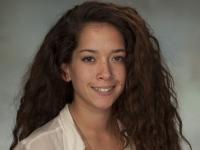
"This summer, we looked at hybridization as a result of species movement through climate change. It's already been established that species shift their movement in a warming climate. We worked with two species of closely related ants—Aphaenogaster rudis and Aphaenogaster picea. Rudis inhabits lower elevations, but has been able to move up in elevation towards picea’s geographic ranges. We asked: 'As rudis is moving up, is it going to out-compete picea, or are they going to form hybrids between the two species?' In order to do this, I created a morphological index based on six different traits both visual and actual measurements.
"Our results are indicative of hybrid formation at middle elevations where both species inhabit. This was a really rewarding experience and we're on to some good stuff!”
"I have to acknowledge this program for the sheer experience it gave me and all of the students involved. I really think that it is programs like this that make Buffalo State the right choice. How often can you say that you got to spend the summer doing research in what you wanted to learn in exactly the way you wanted to learn it?
This opportunity impacted me in ways that will forever make Buffalo State the right choice in my career. I believe that part of growing up is going through experience, the good, the bad, and everything in between.
The USRF provided me with experience that I never thought I would find at such a young age. Having a mentor that instills trust, respect, and eagerness in your own exploration is a feeling that is indescribable. Not only did it help mold me to be more independent, it motivated me to present at future conferences such as the 40th annual Rochester Academy of Science Paper Session this November. I want to thank Dr. Robert Warren for being everything that a mentor entails and much more. I strongly recommend that students interested in exploring more about themselves–regardless of discipline–look into undergraduate research opportunities. Trust me, you won't regret it!"
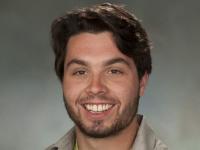
"Over the summer, I was able to explore the tradition of painting in Italy. I was in three main locations Siena, San Gemini, and Pompeii. In Pompeii, I explored how antiquity used certain materials like the fresco technique. I was seeing how people use color, implemented it, and how they related to those color relationships. San Gemini was an amazing opportunity for me to explore different pigments and actually make pigments from raw earth materials."
"Every single day, I would wake up, go to a lesson in theory, and then work in the studio in the afternoon. Imagine having the opportunity to be in Italy and practice your discipline on a day-to-day basis! For me that was a great success. I made all of my pigments myself. All of the work was mine, so I felt very independent. I have come to learn that these materials are what I will be using for the rest of my life and to start now is a great privilege."
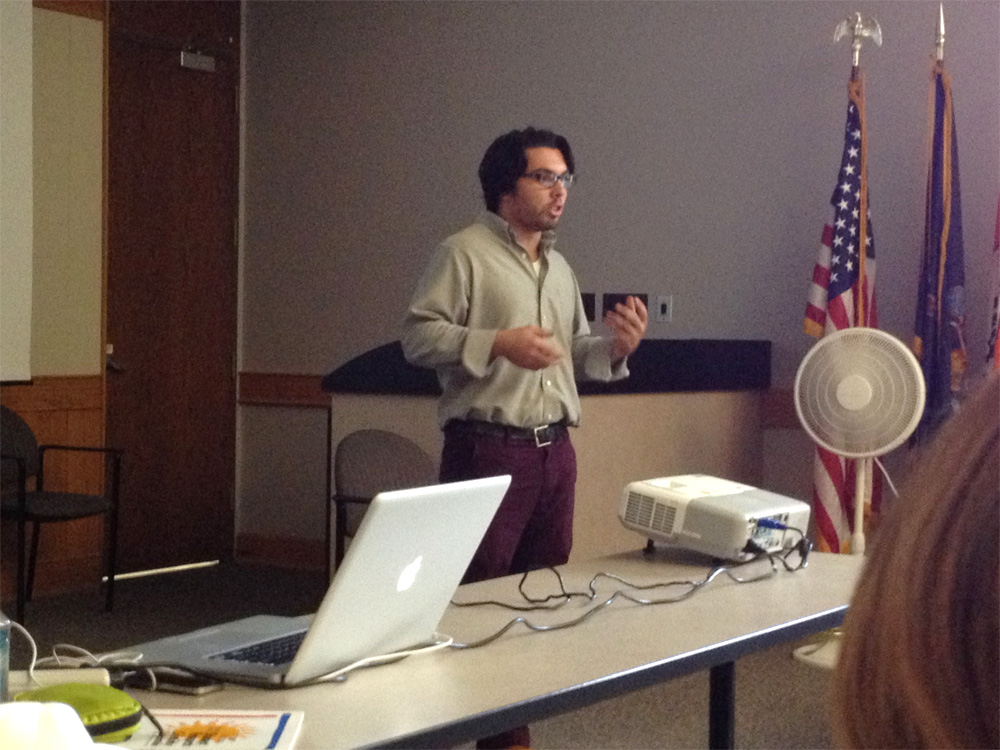 "This experience has and will continue to impact me. Working directly with my mentor granted me the guidance I needed alongside developing a sincere and honest friendship. He pushed me to dig deeper and connect the dots that I was searching for.
"This experience has and will continue to impact me. Working directly with my mentor granted me the guidance I needed alongside developing a sincere and honest friendship. He pushed me to dig deeper and connect the dots that I was searching for.
I think we can all agree that everyone in the research fellowship were given a great opportunity to experience, research, and uncover new things in what we are passionate about."
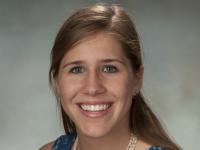
"My research was done on Connexin 31 and 32. Connexins are transmembrane proteins that form gap junctions between cells in order for communication and ion exchange. Any kind of mutations in these connexins, particularly in mammals, can have detrimental effects on hearts function, embryonic development, and skin diseases. This summer, I worked on getting Connexin 31 and 32 into usable vectors to inject in xenopus oocytes. I used a lot of different methods in order to do this, which were extremely cool and I loved doing. I was even able to work with to use E. coli and if you tell someone that you work with E. coli, they get pretty scared and excited, luckily the E. Coli I used was non-pathogenic, so no need to worry! You can use E.coli to get copy the DNA that you need. Essentially you’re manipulating little bacteria, which is its really cool and fascinating.
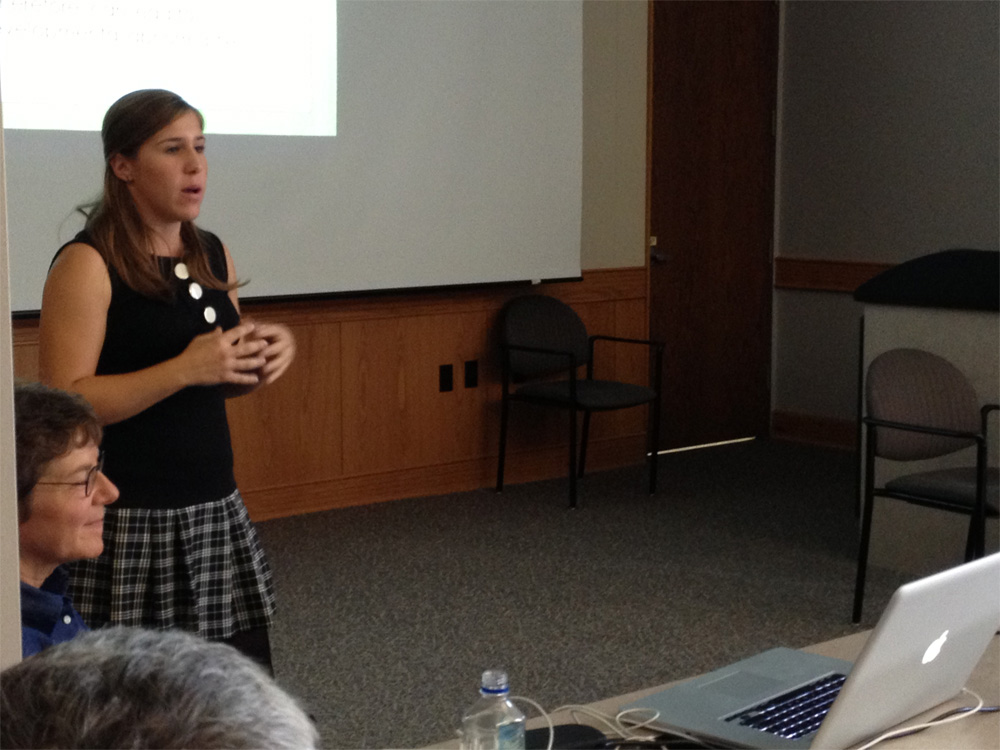 "Once I finished with the prep work, I was able to create RNA through a synthesis method, to later injected into the cells. Once injected, I would take two cells and put them into a dish with little wells in them, two cells per well. Using electrodes I tested to see if the cells coupled and formed gap junctions. The really enthusing conclusion was that it worked! My work was really exciting. Connexin 31 is very difficult to work with, so Dr. Skerrett and I were very happy that my work showed positive results. I believe that further research into Connexin 31, and how it interacts with Connexin 32, will help come up with better therapies for heart ailments and skin diseases."
"Once I finished with the prep work, I was able to create RNA through a synthesis method, to later injected into the cells. Once injected, I would take two cells and put them into a dish with little wells in them, two cells per well. Using electrodes I tested to see if the cells coupled and formed gap junctions. The really enthusing conclusion was that it worked! My work was really exciting. Connexin 31 is very difficult to work with, so Dr. Skerrett and I were very happy that my work showed positive results. I believe that further research into Connexin 31, and how it interacts with Connexin 32, will help come up with better therapies for heart ailments and skin diseases."
"I couldn't have imagined anything more rewarding and thrilling in my college career. This fellowship was a great opportunity for me to build a better understanding of scientific research and a new independence for working within a laboratory setting that will be invaluable for my continued education. Every day was a new adventure and I loved getting up every morning to continue my project throughout the summer. Confidence and independence are two of the biggest rewards that I gained through the SRCC Summer 2013 Fellowship."
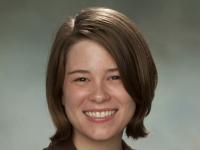
"I studied classical and multicultural approaches to education. I set out to find what those two approaches are, their differences and similarities, and where they fall in the history of philosophy of education."
"I discovered that the classical approach dates back to ancient Greece. It seeks to train students to recognize and delight in goodness, truth, and beauty. Their curriculum is considered fairly traditional.
On the other hand, the multicultural approach is much more current in terms of its origins. It finds its roots in the Civil Rights movement, and it is focused on student-centered learning. Basically, multicultural education is a reaction to globalization and increasingly diverse schools. The purpose of education in this model is to help students succeed in the world while respecting various cultural backgrounds and differences. The multicultural approach considers wider definitions of achievement outside of academics or grade-based."
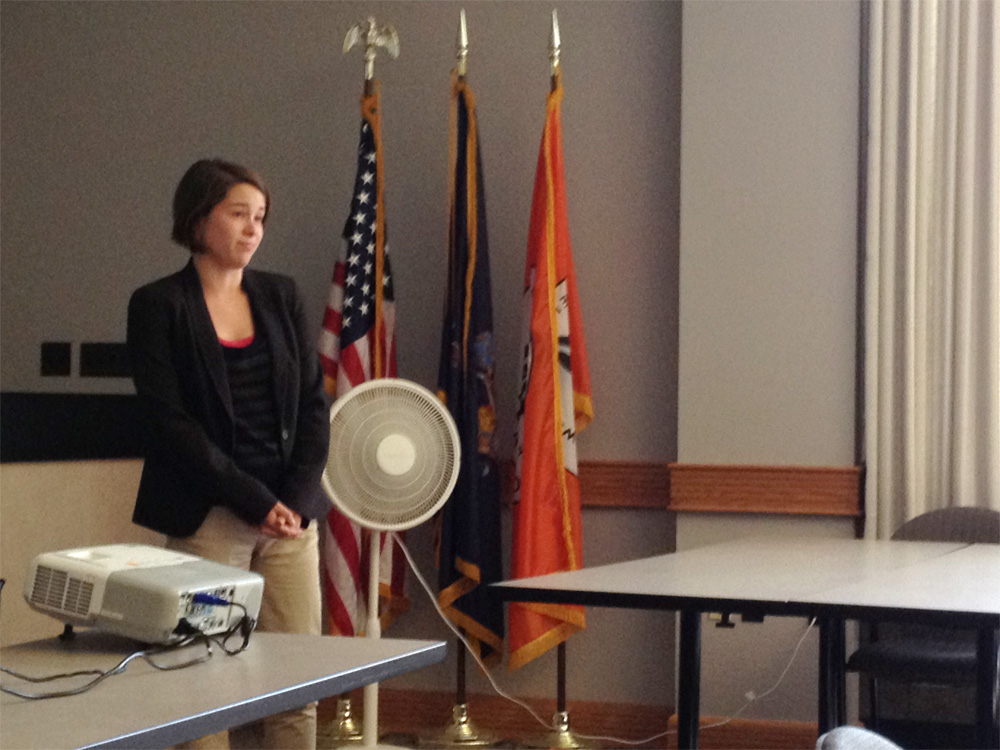 "This program allowed me to take the three fields I am passionate about—English, education, and philosophy—and combine them in a unique project tailored to my own interests and questions. A project motivated by my interests let me try out academic research in a safe, encouraging environment under the guidance of a mentor. As is the case with many things in life, to have access to someone more experienced than yourself who is open and willing to answer questions is vital. It is every so important to receive feedback and advice from a mentor who ultimately wants you to succeed and grow professionally.
"This program allowed me to take the three fields I am passionate about—English, education, and philosophy—and combine them in a unique project tailored to my own interests and questions. A project motivated by my interests let me try out academic research in a safe, encouraging environment under the guidance of a mentor. As is the case with many things in life, to have access to someone more experienced than yourself who is open and willing to answer questions is vital. It is every so important to receive feedback and advice from a mentor who ultimately wants you to succeed and grow professionally.
After the completion of the fellowship, I realized that I had learned about more than just classical and multicultural education. I knew more about myself, academic research, and the role it could play in my future. It gave me the confidence to consider more academic careers and graduate programs."
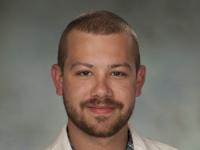
"I camped in Northern New Hampshire in White Mountain National Forest for 12 days while performing the field portion of my study. What I concerned myself with was the orientations of mineral aggregates and unmelted portions of precursor rock to determine whether the Wildcat "granite" as it has been called, is of igneous or metamorphic origin. My goals were to map the outcrops, and to use this information to produce a bedrock map."
"My data, along with textural evidence, suggest that the Wildcat rocks are of metamorphic origin."
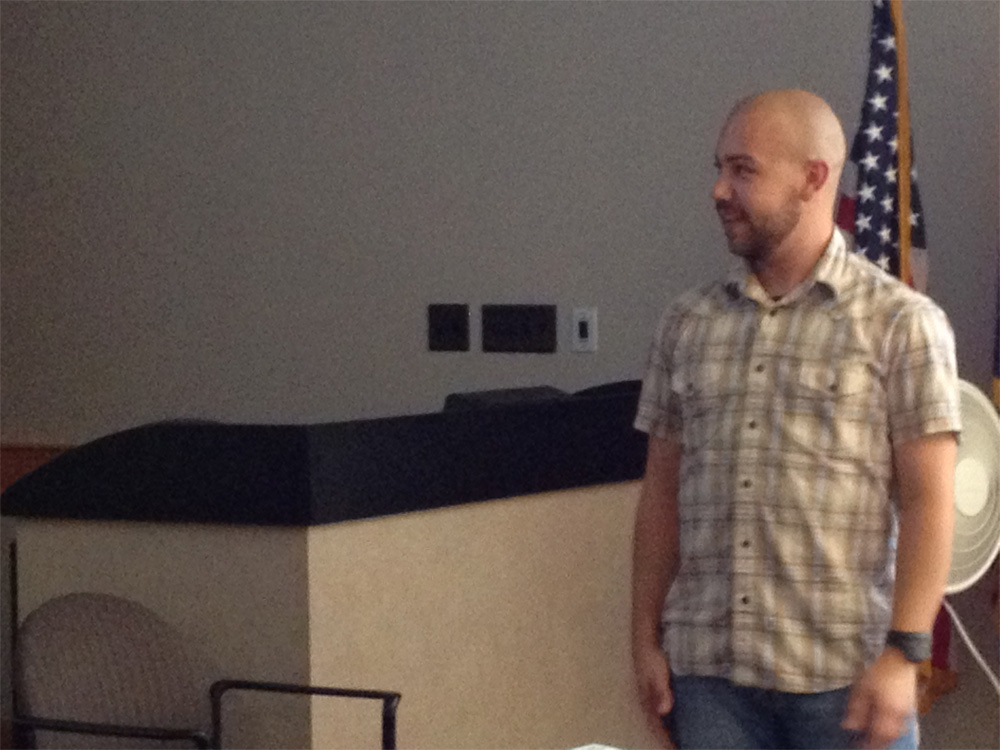 "As for the experience, the summer fellowship challenged me to put all of my requisite skill to use, and to independently use these skills to produce a positive result. This program has reinforced my plans to pursue a career in my field. In short, I found what I wanted to do largely thanks to the summer fellowship."
"As for the experience, the summer fellowship challenged me to put all of my requisite skill to use, and to independently use these skills to produce a positive result. This program has reinforced my plans to pursue a career in my field. In short, I found what I wanted to do largely thanks to the summer fellowship."
Some content on this page is saved in PDF format. To view these files, download Adobe Acrobat Reader free. If you are having trouble reading a document, request an accessible copy of the PDF or Word Document.
